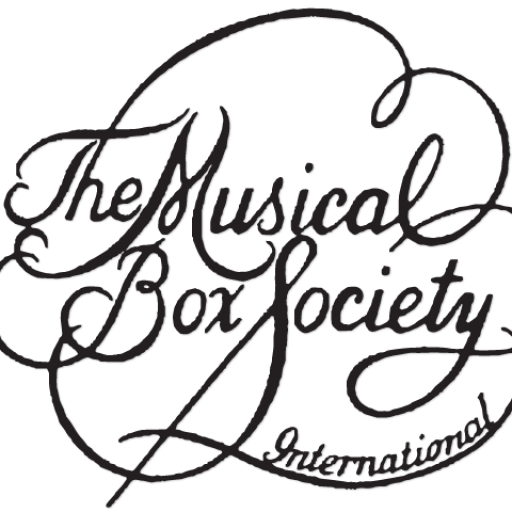1. Reed organ, usually pressure operated. In Europe the designation harmonium is preferred to the American designation reed organ. 2. One or more sets of organ reeds used as an accompaniment or even a solo voice in certain photoplayers, orchestrions, and other automatic musical instruments. Usually each rank of reeds is assigned the name of an organ pipe rank such as cello, diapason, clarinet, French horn, oboe, etc.
harp effect
Term used by Hupfeld, Philipps, and other coin piano and orchestrion manufacturers to designate a regular curtain-like mandolin attachment in an electric piano or orchestrion. Hupfeld used this device (called Harfe Illusion) in its Pepita and Pan orchestrions, and the reiterating Mandolin mechanism (Mandolinen-Illusion) in its Helios orchestrions.
harp
1. Instrument with its strings arranged vertically in an approximately triangular-shaped frame. Played by plucking the strings. The Wurlitzer Automatic Harp (made by Whitlock) was popular during the early 20th century. 2. Metal plate or frame which bears the tension of the strings in a piano. Correctly called a piano plate. 3. Large scale marimba struck with dense felt hammers. Used in pipe organs, particularly theatre and residence organs.
height wheel
In a disc musical box, the small, flat discs positioned in the starwheel gantry that maintain the correct height of the tune disc, allowing it to pluck the star wheels properly.
helicoidal 1
Descriptive of the arrangement of pins in a barrel-operated instrument, with the pins arranged in a continuous helix. The barrel continuously shifts sideways as it turns, keeping the keys aligned with the key frame. In this way a long selection (sometimes comprising six or more revolutions of the barrel) may be played without interruption. 2. Helicoidal music box: a cylinder music box with the cylinder pinned in a helicoidal manner instead of the usual manner which requires the cylinder to be shifted in successive steps. In a semi-helicoidal music box, the cylinder is pinned diagonally only at the normal shifting area, permitting music to be pinned across the shifting gap which is normally silent.
